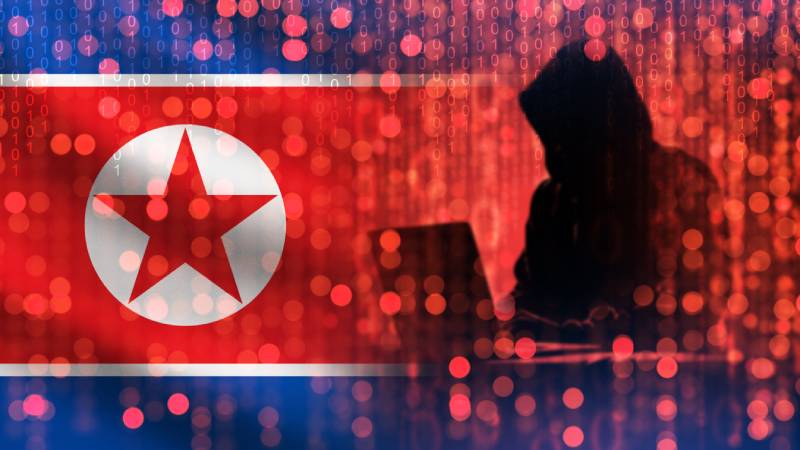The Persistent Threat of Ransomware
Despite two decades of experience with encrypting ransomware, our progress in combating this form of cyberattack remains inadequate. Attackers continually innovate, staying steps ahead by evading standard cyber defenses. Simply increasing cybersecurity budgets often repeats old errors more quickly, rather than introducing effective new solutions. To combat this, organizations must adopt strategic changes and incorporate comprehensive defense strategies.
Understanding Today’s Ransomware Landscape
A recent survey by Delinea highlights a significant rise in successful ransomware attacks, pointing out that large enterprises are increasingly targeted. Surprisingly, enhanced cybersecurity spending often focuses more on basic security practices rather than on advanced strategies like enforcing the principle of least privilege or disabling email macros. Attackers are becoming adept at bypassing these basic protections to target more integral system flaws.
The Inefficacy of Traditional Defenses
Traditional defenses such as software patching, maintaining offline backups, and basic password management, are frequently outmaneuvered by attackers. These adversaries exploit well-known vulnerabilities or utilize basic system tools to enact their attacks. The increasing sophistication of AI in phishing campaigns allows attackers to generate precise and convincing malicious communications at scale, complicating defense efforts further.
Identity Systems: The New Battleground
In the current cybersecurity climate, identity systems have become a primary target for ransomware attacks. The compromise of these systems can lead to extensive organizational disruption and data breaches. Often, ransomware attackers do not merely aim to encrypt data but also threaten to release sensitive information unless a ransom is paid, a tactic known as “double extortion”.
Strategies for Enhanced Ransomware Protection
Enforce the Principle of Least Privilege
Limiting system privileges for each user minimizes the potential damage in case of account compromise. By containing what a compromised account can perform, the impact of an attack can be drastically reduced.
Restrict Administrative Credentials
Prevent routine user accounts from installing or altering software, which can effectively stop many ransomware attempts. High-level IT managers and automated system accounts should only obtain elevated privileges briefly, as necessary for specific tasks.
Implement Advanced MFA and Zero Trust Policies
Adopt stronger, phishing-resistant forms of multi-factor authentication (MFA) and apply zero trust principles to continuously verify identities and restrict unauthorized access across the network.
Use AI for Defense and Network Micro-segmentation
Incorporate artificial intelligence to detect and respond to sophisticated cyber threats quickly. Segment your network logically to prevent lateral movements of ransomware through micro-segmented networks.
Deploy Identity Threat Detection and Response Solutions
It is crucial to employ specific platforms that detect and respond to threats targeting organizational identity systems. These platforms can identify suspicious activities, secure compromised accounts promptly, and initiate defensive measures.
In conclusion, while attackers continue to refine their strategies, organizations must proactively adopt and enforce smarter, structurally embedded security practices to shield against the evolving landscape of ransomware threats.




